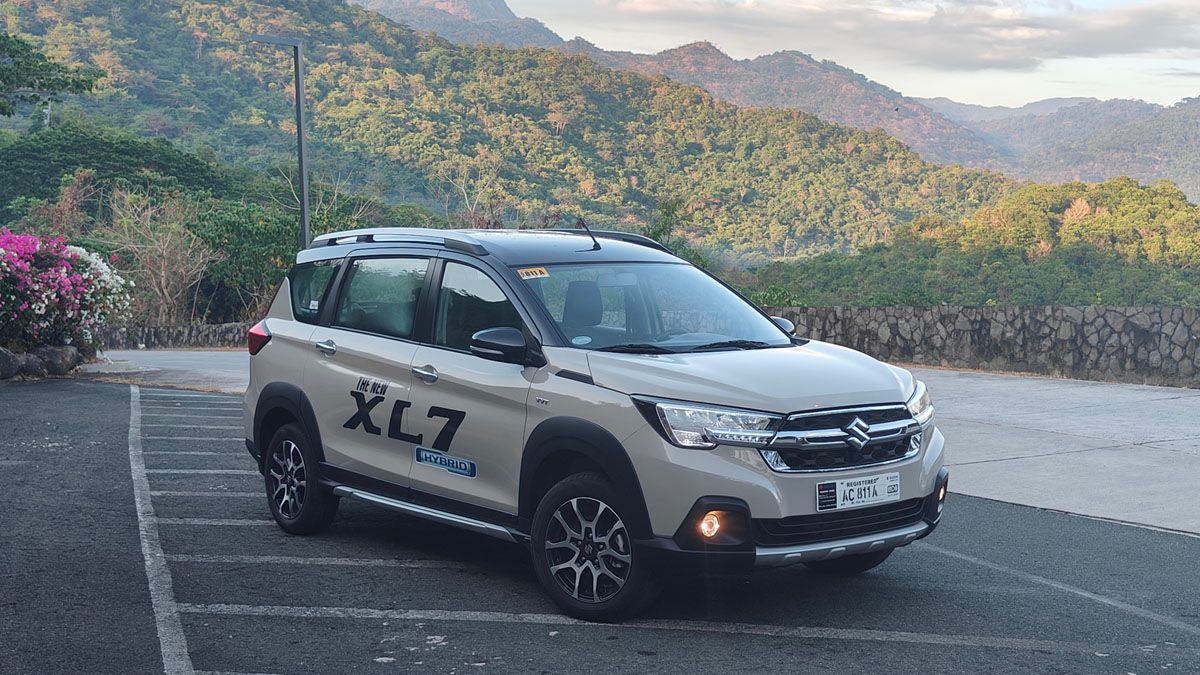
Despite the number of electrified vehicles in the market increasing, many are still wary of making the shift to electric cars. After all, it’s not just a new vehicle, but also a whole new way of refueling. There are also many hybrids on offer, but these are still quite pricey for the average car buyer.
Suzuki on the other hand has a value proposition in the form of the XL7 Hybrid. This mild hybrid takes the best bits from a pricey full hybrid, and integrates them into a more affordable vehicle to further boost its fuel economy.
To show us what kind of a difference it makes, Suzuki invited us to test drive their Ertiga from Cavite to Pico de Loro in Batangas, taking on the highways and twisty mountain roads along the way.
Hybrid vs mild hybrid
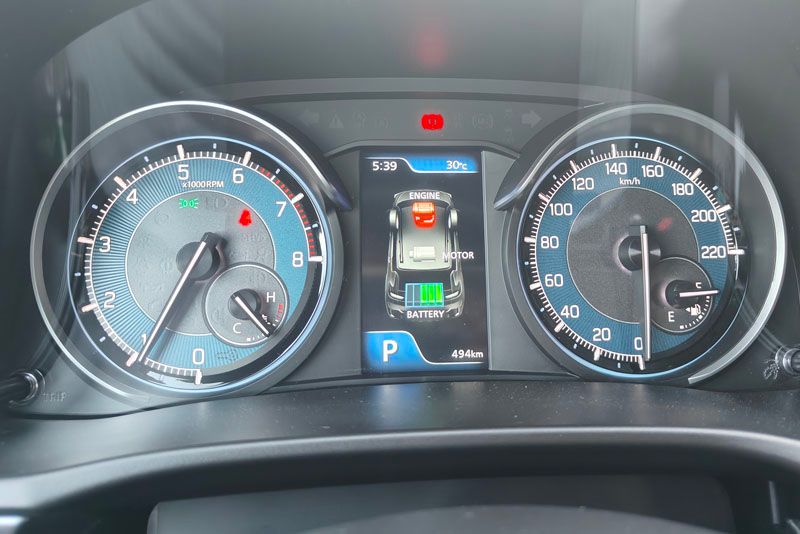
Before we start, it’s important to explain the difference between this vehicle and a full hybrid. The XL7 Hybrid, just like the Ertiga Hybrid, is powered by a 1.5-liter engine assisted by an integrated starter generator (ISG) that’s powered by a 12V lithium-ion battery. Like a full hybrid, this vehicle can get a power boost from the battery and generator to help save fuel. The ISG also imbues it with a stop-start feature that shuts off the engine when idling at stop lights and powers the car’s functions with the battery instead of the engine. The battery is recharged with regenerative braking, so there’s no need to look for a charging station to replenish it. Normal braking operation is enough to top off the battery.
Unlike full hybrids, the XL7 Hybrid does not have an EV mode that can drive the car purely with the battery while the engine is off. Also, this means it does not enjoy number coding exemption. However, these are the only two hybrid features it doesn’t have.
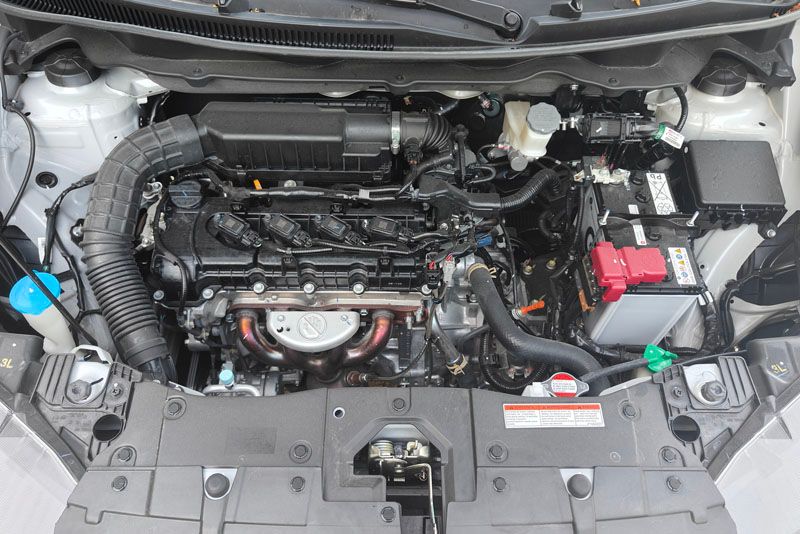
So how does this system work in the real world? Our drive entailed taking the XL7 Hybrid from Suzuki Auto Kawit, Cavite all the way to a gas station in Nasugbu, Batangas. It’s a drive of around 70-km that passes through the provincial roads, and busy towns of Kawit, General Trias, Tanza, Naic, and Ternate. Those familiar with the route will know that there are also some steep inclines along the route, making for the perfect test for the hybrid system.
The drive
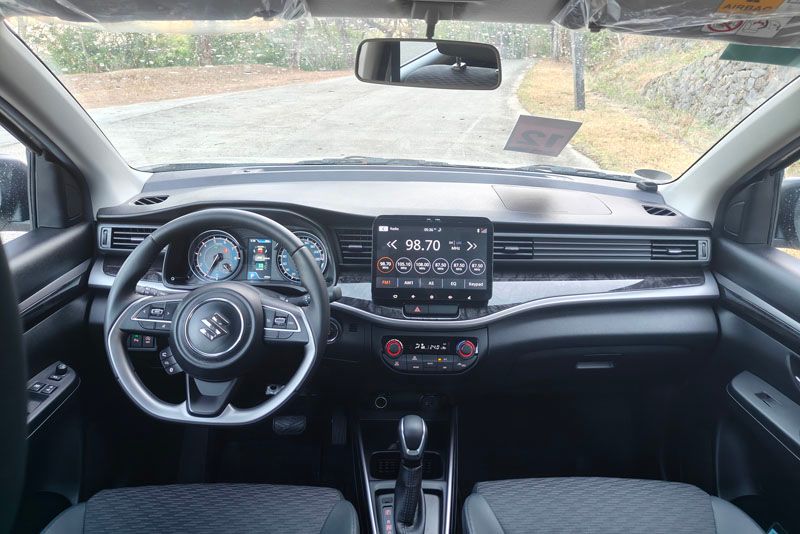
We took on the route following traffic rules and an average speed of around 40 – 50 km/h. The onboard display of the XL7 Hybrid can be configured to show the trip meter, current fuel consumption or even average over time. There’s also a display that shows which of the hybrid systems are active at the moment, be it the engine, the ISG, or both simultaneously. The same display also shows when the battery is being recharged by regenerative braking.
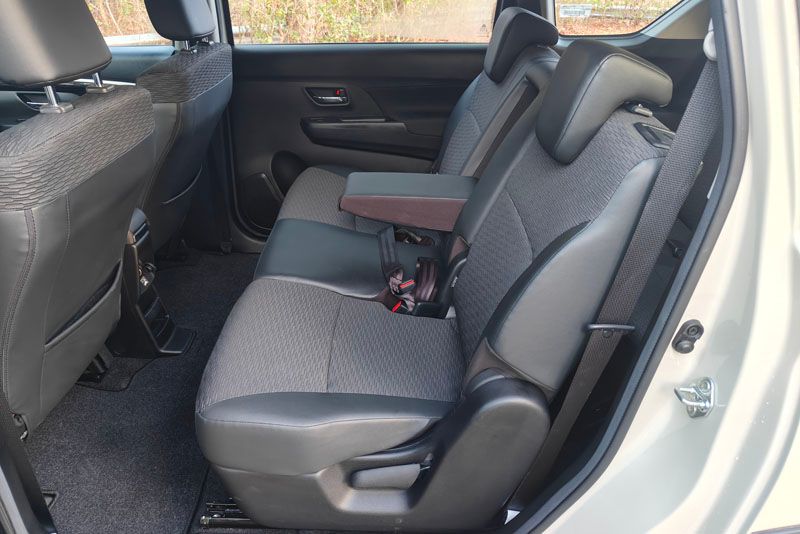
On the display itself, it showed the vehicle averaging anywhere from 15-18 km/l. This would dip down to 9-10 km/l on steep inclines. Press on the throttle further and the ISG comes on while the display shows arrows from both the engine and ISG heading towards the wheels. This indicates that both motors are powering the wheels at the same time. What this means is that the ISG is providing a power boost, so that the engine doesn’t have to work as hard. For the driver, it feels like a few more cubic centimeters of displacement have subtly been unlocked and the car feels a little bit more powerful than before.
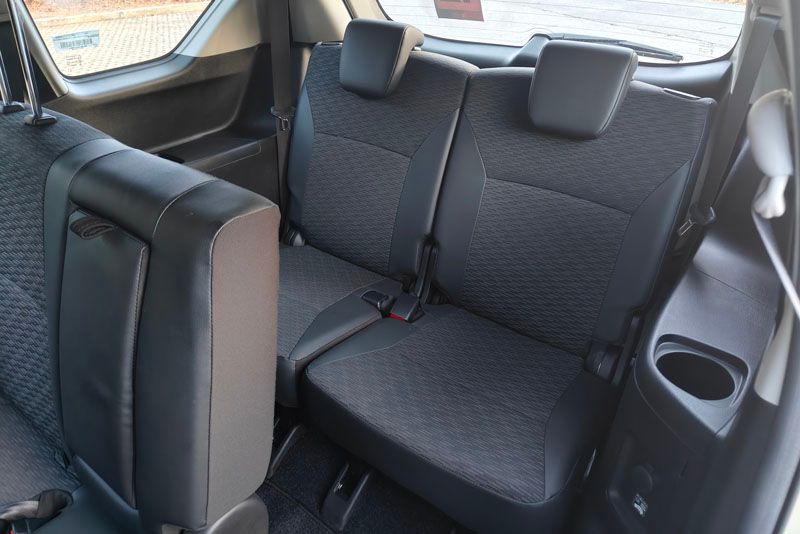
There’s no special technique to unlock this. In fact, we’ve found that the more natural you drive, the better this feature works and the more fuel you save. Driving it with fuel saving in mind and light pressure on the throttle actually prevents the ISG from coming on as often because you’re essentially telling the onboard computer you don’t need the extra power.
The results

This theory was verified with the fuel consumption results. The cars consumed between just 1-2 liters of fuel for the trip, despite having three passengers and their luggage each. After some computation, the consumption was determined to be an average of 40-50 km/l, with most of the vehicles at the 45 km/l mark. Even one vehicle that didn’t even bother to drive efficiently still achieved an admirable 25 km/l, which is still quite high.

It certainly shows that the XL7 has only been made better with the addition of the hybrid system, making it even more ideal for trips out of town, whether with the family or barkada. Add that to the fact that it has very cold air conditioning, seating for up to seven, and increased ground clearance for rough roads, and it’s hard to find a better vehicle for out-of-town trips.